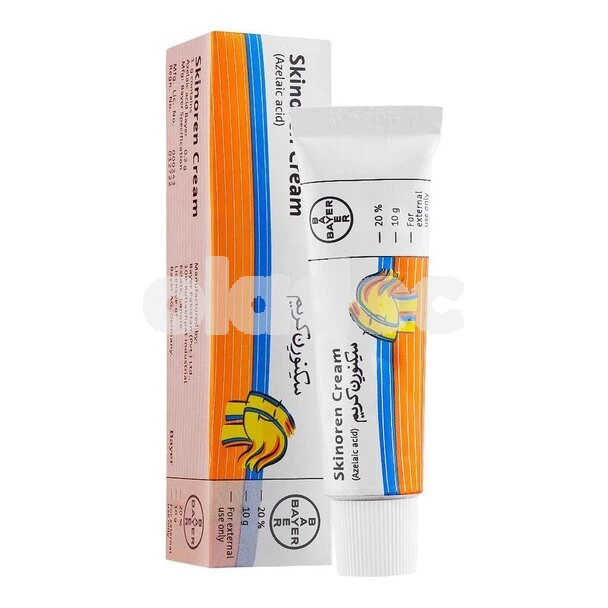Peripheral Arterial Disease, or PAD, occurs when problems with blood circulation (usually due to plaque buildup) cause the arteries supplying blood to the extremities to constrict, resulting in severely reduced blood flow to the legs.
Peripheral Arterial Disease often manifests as unbearable leg pain when walking, reduced sensation in the legs and feet, and thinner skin. This makes proper foot care an essential part of the daily routine of someone with PAD. Here’s how you can protect your feet, and avoid possibly irreversible complications:
Table of Contents
1-Treat Foot Problems Promptly:
Fungal infections of the nails or skin, like athlete’s foot, may not be an issue for most, but for someone with PAD, they can result in skin openings to allow a secondary bacterial infection.
And since wounds take longer to heal due to reduced blood and oxygen supply, these infections may even lead to amputations in extreme cases. Therefore, treat any and every skin infection as soon as you see it.
However, avoid self-cutting or trimming painful corns or bunions, as you may accidentally cause another injury and infection. Un-healing ulcers may also develop over the area in some cases. Have them removed by a doctor instead.
2-Wash and Moisturize Regularly:
Wash your feet daily with warm water and a mild soap to reduce skin bacteria, especially after coming from outside, and pat dry. Follow with a moisturizer to prevent skin cracks and dryness.
However, avoid moisturizing between the toes to prevent fungal growth, as these areas often remain moist and are close together. For naturally dry skin, use non-alcoholic lotions.
3-Trim Properly:
Incorrectly or carelessly trimmed nails can form the perfect environment for fungal and bacterial growth, and even self-inflicted injuries. So, take care to always trim your nails straight across instead of in a rounded shape to keep them from accidentally cutting into the skin.
Also, avoid cutting them too short and never cut into the corners. In case of hard nails, try cutting them after bathing when they’re softer.
4-Wear the Right Shoes and Socks:
Opt for comfortable, well-fitting shoes with extra toe-room to avoid bunion growth, scraping, chafing, and calluses. This means avoiding narrow-toed shoes or shoes made from harder materials that may cut into the skin.
For extra protection, wear thick socks. However, make sure they are always dry before wearing, and opt for seamless socks to avoid any sores from skin rubbing against the seams.
5-Avoid Going Barefoot:
Not going barefoot outdoors, be it beaches or neatly-trimmed lawns, is a given with PAD due to the high risk of possible foot threats like glass, pebbles, wood splinters, and metal. However, it is also highly recommended to wear shoes while indoors to avoid possible threats like scattered toys. Even stubbing your toes against the furniture can cause an open wound and possible infection.
6-Avoid Temperature Extremes:
Keep your feet protected from cold temperature exposure by wearing thick socks, and avoid overexposure to heaters and open fires in case of possible burns. Abstain from putting heating pads and hot water bottles on your feet entirely.
7-Exercise:
The reduced sensation may make walking extremely difficult and painful, but regular exercise helps promote blood flow to the legs and conditions the muscles for efficient oxygen use.
Try small exercises like moving your feet in circles and wiggling your toes throughout the day, and incorporate active, low-impact exercises like walking, swimming, and bicycling into your daily schedule.
Start with 20-30 minutes sessions and gradually work up to 60 minutes for maximum blood flow. Additional blood flow facilitating measures include elevating your feet as much as possible when sitting or lying down, and avoiding tight socks and stockings.
8-Stop Smoking:
This may not be directly related to foot care, but quitting smoking can prevent the arteries from further constriction and damage, hence keeping the numerous PAD-related complications at bay. Consult with your doctor if quitting on your own is difficult.
Self-care is a major component of PAD treatment. So, regularly inspect the tops, sides, soles, and heels of your feet along with checking between your toes for any signs of injury, cracking or dryness, and treat them promptly. Consult your doctor immediately if a leg or foot is pale, blue, numb, cool to the touch, red, hot or swollen, or if you experience persistent leg pain accompanied by chest pain or shortness of breath even when not moving, or observe any signs of infection.
You can also book an appointment with a top Orthopedic Specialist in Lahore, Karachi and Islamabad through oladoc.com, or call our helpline at 042-3890-0939 for assistance to find the RIGHT Doctor for your peripheral concerns.






